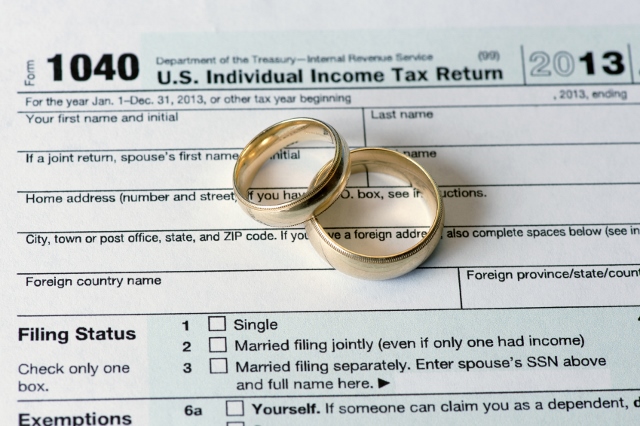
During the course of a divorce, there are many issues that spouses have to resolve: property division, alimony, child custody, child support, medical insurance, and taxes. One after thought of these many issues is the child dependency tax exemption.
In a divorce, spouses can agree how to allocate the dependency tax exemption. For example, if a couple has 3 children, then one parent can claim 2 children in a given year, and the other parent can claim 1 child in a given year, and then the parents can alternate in the following year. Or if parents have an even number of children, then they can each claim an equal amount of children.
However, sometimes it does not make financial sense for one parent to claim any tax dependency exemptions, either because this parent is unemployed or underemployed. In this case, the other parent can claim all the exemptions to as to maximize the tax consequences of the exemptions.
In divorces, the options with respect to dependency tax exemptions are endless. There is no “one size fits all” solution. Each couple should look at their specific circumstances, including how many children they have, and the tax benefits of either or both parents claiming an exemption. Based upon this review, parents can then choose the solution that best fits their situation. Parents should consult with both their attorneys and tax professionals to maximize this outcome.
Depending on the option selected, parents may have to sign a release of exemption. For federal tax returns, this is Form 8332. Divorce attorneys frequently refer to this dependency tax exemption as the 8332 exemption.
Regardless, even though dependency exemptions may be an afterthought after “bigger” issues, such as property division and child custody are decided in divorce, it is still a very important issue parents need to resolve in a divorce, and is an issue your divorce attorney should be able knowledgeable of.

You must be logged in to post a comment.